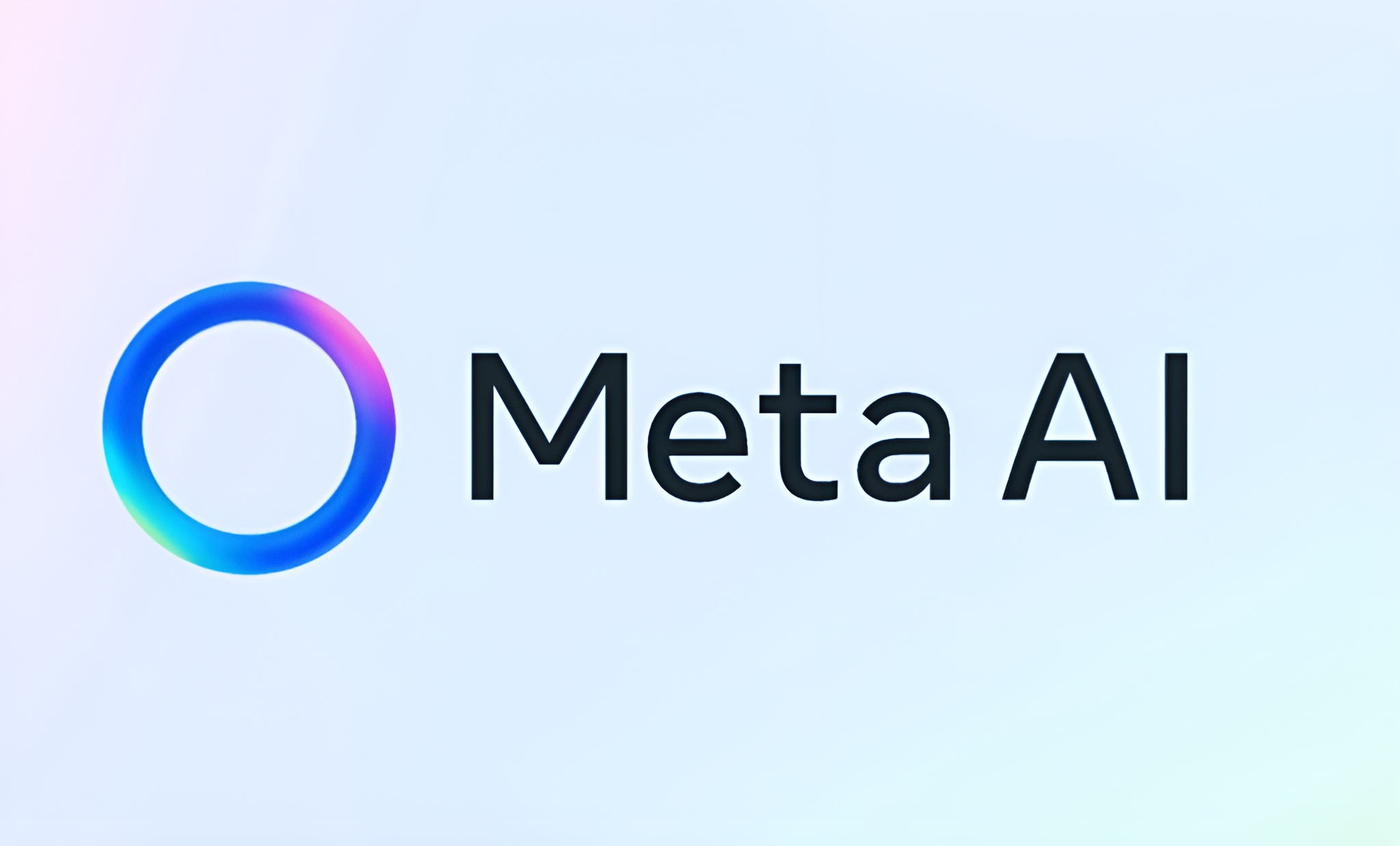Italy’s data protection authority has ordered an immediate suspension of the app Clothoff, which uses AI to generate fake nude images of real people. The company behind it, based in the British Virgin Islands, is now barred from processing personal data of Italian users.
The watchdog found that Clothoff enables anyone, including minors, to upload photos and create sexually explicit or pornographic deepfakes. The app fails to verify consent from those depicted and offers no warning that the images are artificially generated.
The regulator described the measure as urgent, citing serious risks to human dignity, privacy, and data protection, particularly for children and teenagers. It has also launched a wider investigation into similar so-called ‘nudifying’ apps that exploit AI technology.
Italian media have reported a surge in cases where manipulated images are used for harassment and online abuse, prompting growing social alarm. Authorities say they intend to take further steps to protect individuals from deepfake exploitation and strengthen safeguards around AI image tools.
Would you like to learn more about AI, tech and digital diplomacy? If so, ask our Diplo chatbot!










